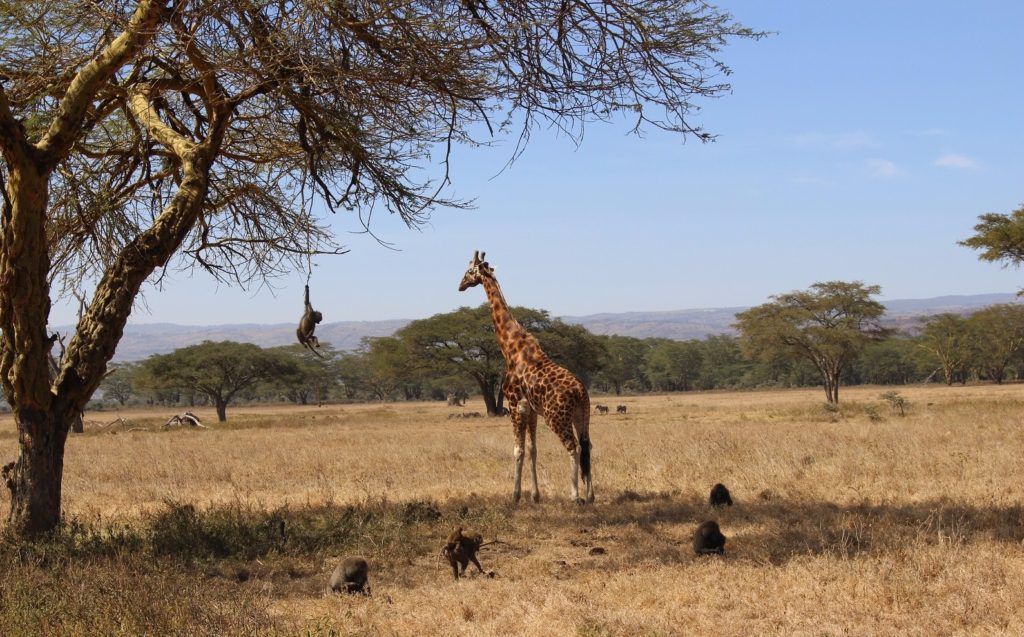
When I started my safari across three different parks in Kenya I was apprehensive on how the days would go, driving around in the dust and heat. After coming back I can say that I have become a great safari enthusiastic.
Animals you can expect to see in Kenya
Watching the animals in their natural habitat in Kenya, doing what they are meant to do since they were born, and living in harmony makes it beautiful! Also, I have learned a lot about these wild animals as I had great guides with me sharing their vast knowledge with us.
[highlight]LION[/highlight]
The African Lion can weigh up to 190Kg. They live in groups called prides. You can differentiate the males from females by their fringe of hair around the head. The males normally look after the territory and the female’s hunt, normally in a group with other females. They hunt for gazelles, zebras and wildebeest. Once the hunt is completed they can stay several days feeding on the same animal. We watched a group of females in Kenya feeding on a buffalo and it was brutal!
[highlight]ZEBRA[/highlight]
Zebras are unique animals as each one of them has different stripes, like fingerprints. This fact makes it hard for the predators to identify them and also protects them against insects. They are herbivores and can live up to 25 years. They have very good eye sight and are normally seen in big groups.
[highlight]WILDBEEST[/highlight]
I had never seen these animals before I went to Kenya. They are funny creatures, our guide in the Maasai Mara National Reserve, told us that, they are the creation of God because they look like they have been made of different animals with the horns and short back legs like hyenas. They are herbivores and can live up to 20 years, reaching up to 250kg. Both females and males have horns. They can be seen feeding constantly on grass.
[highlight]WATER BUFFALO[/highlight]
It is hard to believe they are dangerous when you look and they are just eating grass with the Oxpecker on top of them. This symbiotic relationship is good for both as the Oxpecker feeds on the parasites from the buffalo skin.
They can weigh up to 1,200Kg and live 25 years. Both males and females have horns but females are much smaller in size. As the name say, they spend a lot of time in the water. The shape of their feet prevents them from sinking in the mud of the swamps. Although the domesticated water buffalo exist in a number of regions the wild water buffalo is endangered and lives only in protected areas like the Maasai Mara National Reserve in Kenya.
[highlight]ELEPHANTS[/highlight]
African elephants are the largest land animals on Earth and can live up to 70 years. They can weigh up to 2,500 to 7,000Kg and be as tall as 4 meters. I must confess they are one of my favourites because of the way they stay together as family.
One of the scenes I will not forget was this little baby elephant less than one month, stumbling and trying to walk always close to the mother. Elephants have a 22 month pregnancy and that reflects on how protective they are with the babies.
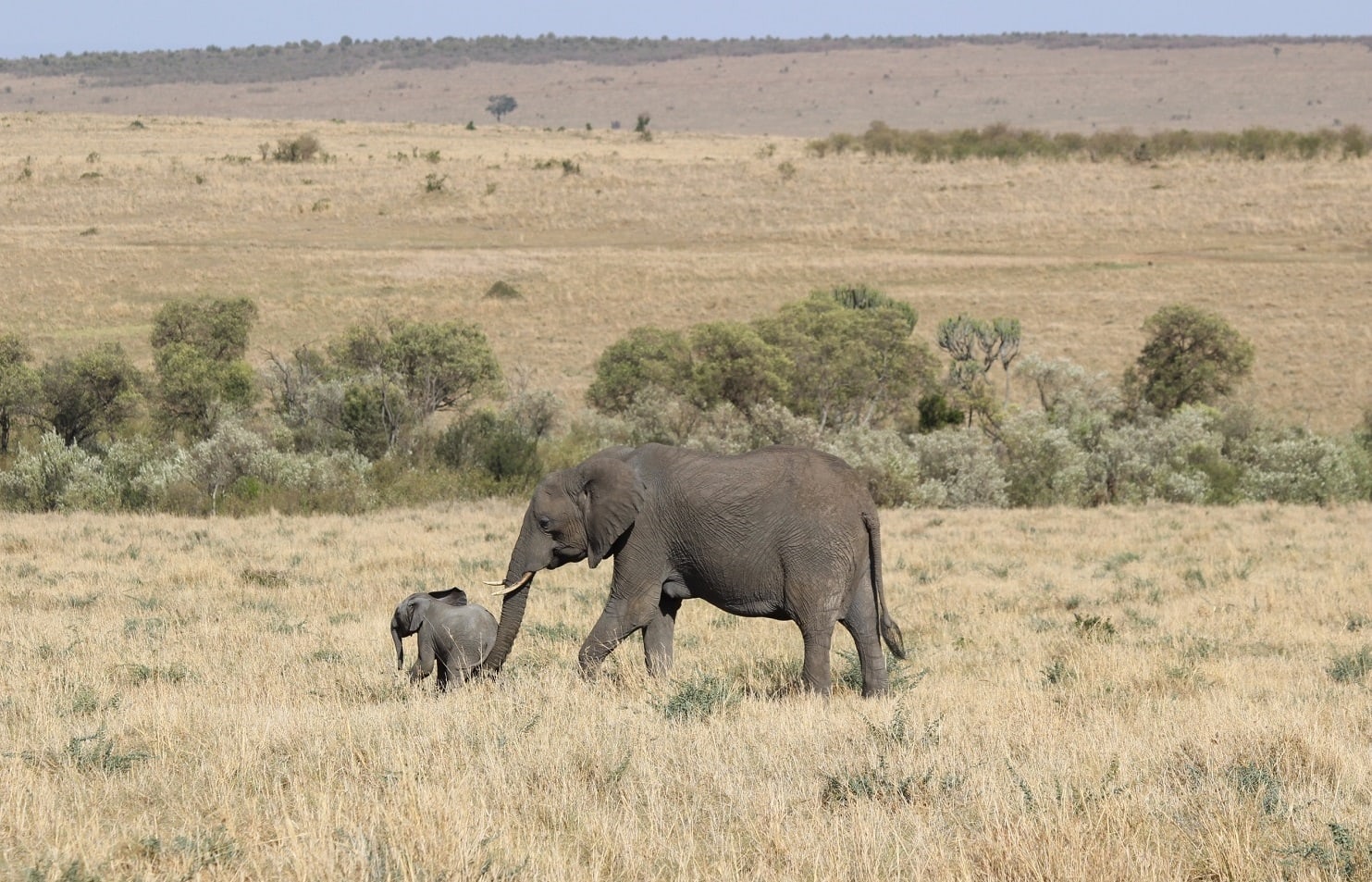
They are constantly eating and can feed up to 150 Kg of food in one day. They eat mainly roots, grasses and fruit. They use the trunk to get the food and also for smelling, breathing, drinking and to grab basically everything.
I loved to watch them in the swamp getting water with the trunk and spraying their bodies with it to relieve from the heat. Both male and female have tusks. Tusks are used to dig food, water and battle with each other’s. Unfortunately the material from the tusks, ivory, attracts poachers and it’s still a problem nowadays.
[highlight]CHEETAH[/highlight]
The cheetah is the world’s fastest land mammal. It can go from 0 to 96km/h in 3 seconds when hunting for example. They can live up to 12 years and weigh 65kg. An interesting fact is that they only need water once every three to four days.
Cheetahs are not easily seen but fortunately we found a female with a cub in one of the game drives. This is common as the female spend one to two years with the cubs and the males are normally spotted living alone.
[highlight]LEOPARD[/highlight]
In a week of safari we only spotted one leopard as they are rarely seen. They are very solitaire unless they are mating or with the cubs. The leopard we saw was sleeping peacefully in a tree. At first sight I could not see it; this is because of their spotted fur that blends with the leaves. Sometimes they even drag their kills to the trees.
[highlight]GIRAFFE[/highlight]
Giraffes are the world’s tallest mammals. For the first time in Kenya I have seen a giraffe running and they can be very fast reaching 56km/h. They are adorable and truly fascinating. They can live up to 25 years and reach 6 meters tall.
Because of their height they can easily look out for predators and reach to leaves and branches that most animals can’t. When they want to drink they need to spread their legs and bend down in order to keep blood flowing to their heads otherwise they can die. Another interesting fact is that they give birth standing so the little ones just have a free fall welcoming to the world.
[highlight]HIPPOPOTAMUS[/highlight]
We encounter a group of dozens of hippopotamus all submerged in the river in Maasai Mara, Kenya. They can spend most of the day doing that to cool themselves from the heat. They are good swimmers and can hold their breath underwater for up to five minutes. At sunset they will come out to graze. At birth the babies already weight up to 45kg and can suckle underwater. How awesome is that?
[highlight]GAZELLE[/highlight]
The gazelles are delicate and graceful. Their unique colour pattern and ringed horns make them beautiful. During the safari in Kenya I’ve seen the Thomson’s and the Grand gazelle. With a lifespan of 12 years they can weigh up to 75 kg gathering in large groups. When they are running from predators they reach up to 64 km/h.
[highlight]WARTHOG[/highlight]
Warthogs are from the same family as domestic pigs and can live up to 15 years. They eat mainly grass, plants and sometimes roots. I did not know that they had four tusks, two small and two larger ones but you can easily see that after a few times spotting them. They will go to the water and use mud to cool down from the heat.
[highlight]IMPALA[/highlight]
These gracious animals gather around in big groups in Maasai Mara, Kenya, while eating all sorts of herbs and grass. They can bark to alert others of a predator and they can do some impressive jumps up to 10 meters when running from them.
[highlight]RHINOCEROS[/highlight]
They are rarely spotted in Kenya. Can weigh up to 1,400 Kg and differentiate from each other not in colour but in their lip shape. So, the black rhino has a pointed upper lip and the white has a squared lip. The prominent horn that they present make them a target for poachers and unfortunately the black rhino is on the verge of extinction.
[highlight]BABOON[/highlight]
I have seen an enormous amount of baboons in Kenya; they are just everywhere and in big groups. Most of the time they are grooming each other’s to remove insects and dead skin. They also spend a lot of time eating fruits, grasses, seeds, roots and sometimes they eat some meat such as birds and antelopes. On one of the game drives I have seen a baboon catching a small baby gazelle and eating it, it was a shocking. They can live up to 30 years.
[highlight]SPOTTED HYENA[/highlight]
The spotted hyenas are the largest of three hyena species and they are famous for their vocal sounds. I can say they really sound as they are laughing and don’t look that scary. They have good hearing, eyesight and can run fast for long distances. They are also well known to be scavengers and feed on the leftovers of other predators but they can kill birds and others small animals like snakes to feed.
[highlight]OSTRICH[/highlight]
The ostrich is the largest and heaviest living bird. They live in groups to help defend themselves from predators. Instead of flying they use their wings to courtship and make use of their long legs to run very fast in case of threat. Their only two toes give them great speed, in some seconds it can achieve up to 70 km/h and maintain a speed of 50 km/h.
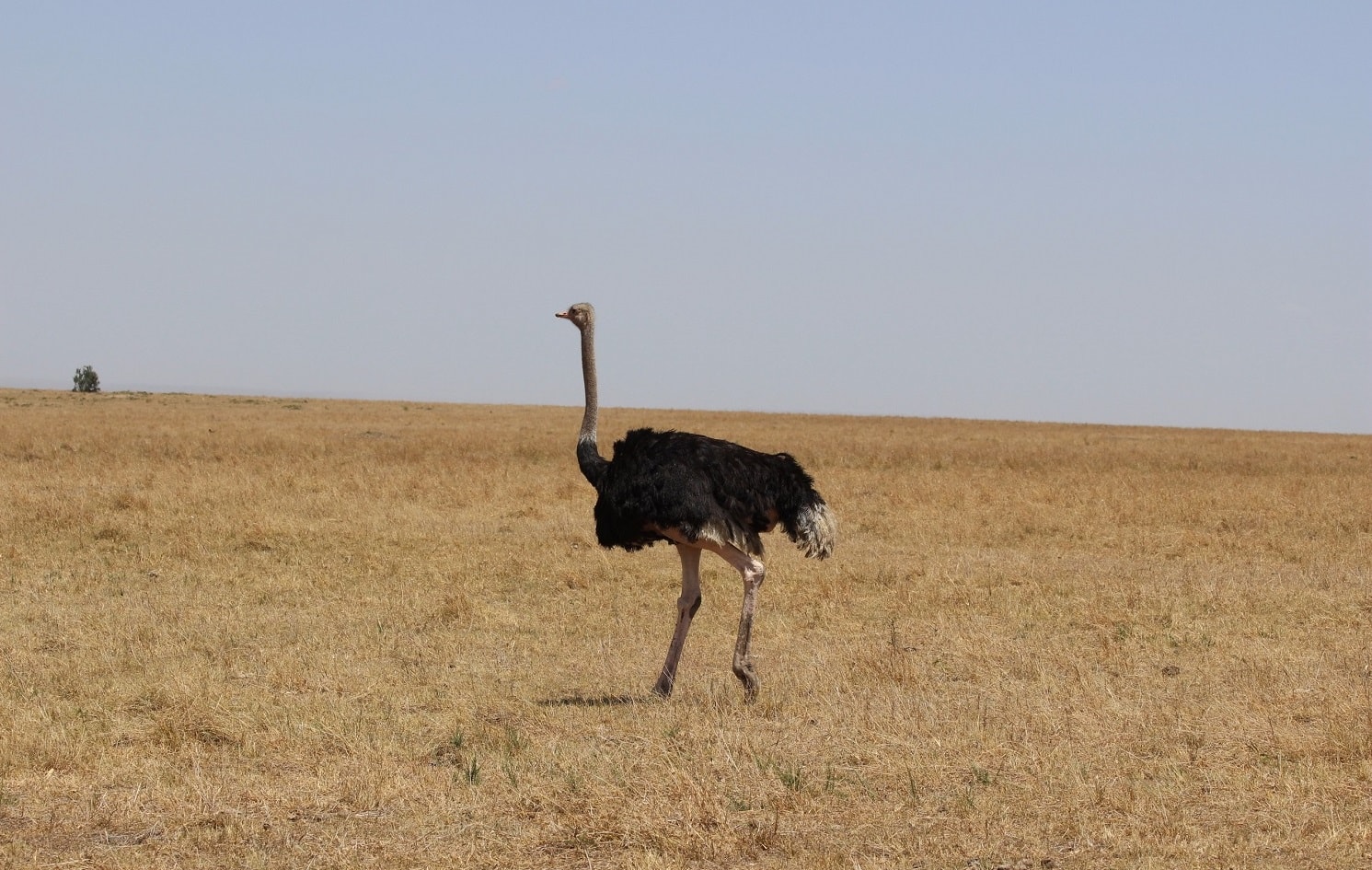
*
Have you ever seen any of these animals in the wild? I would love to hear from your experiences!
📌 PIN ME!
[row-b custom_class=””][col-md-6]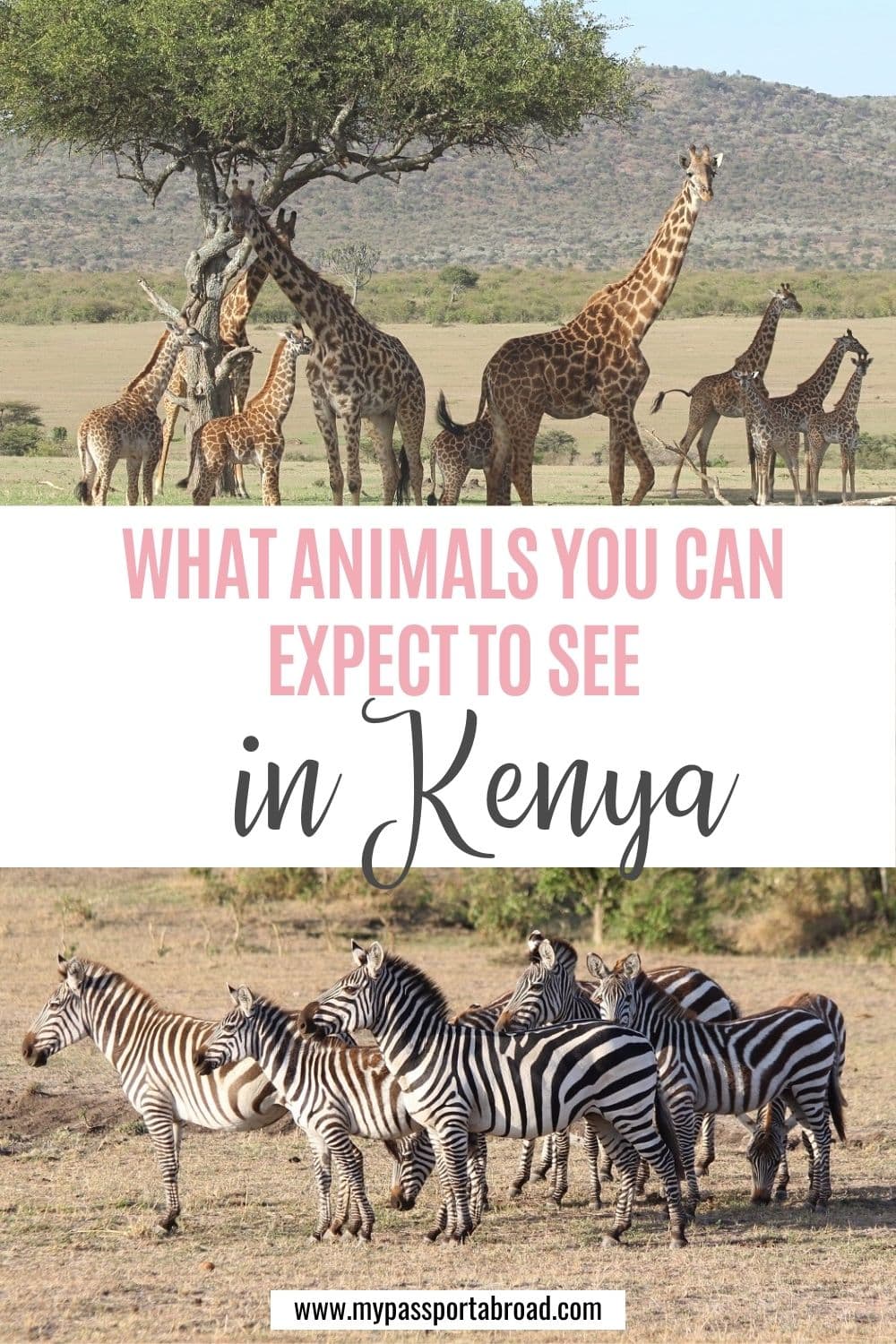 [/col-md-6][col-md-6]
[/col-md-6][col-md-6] 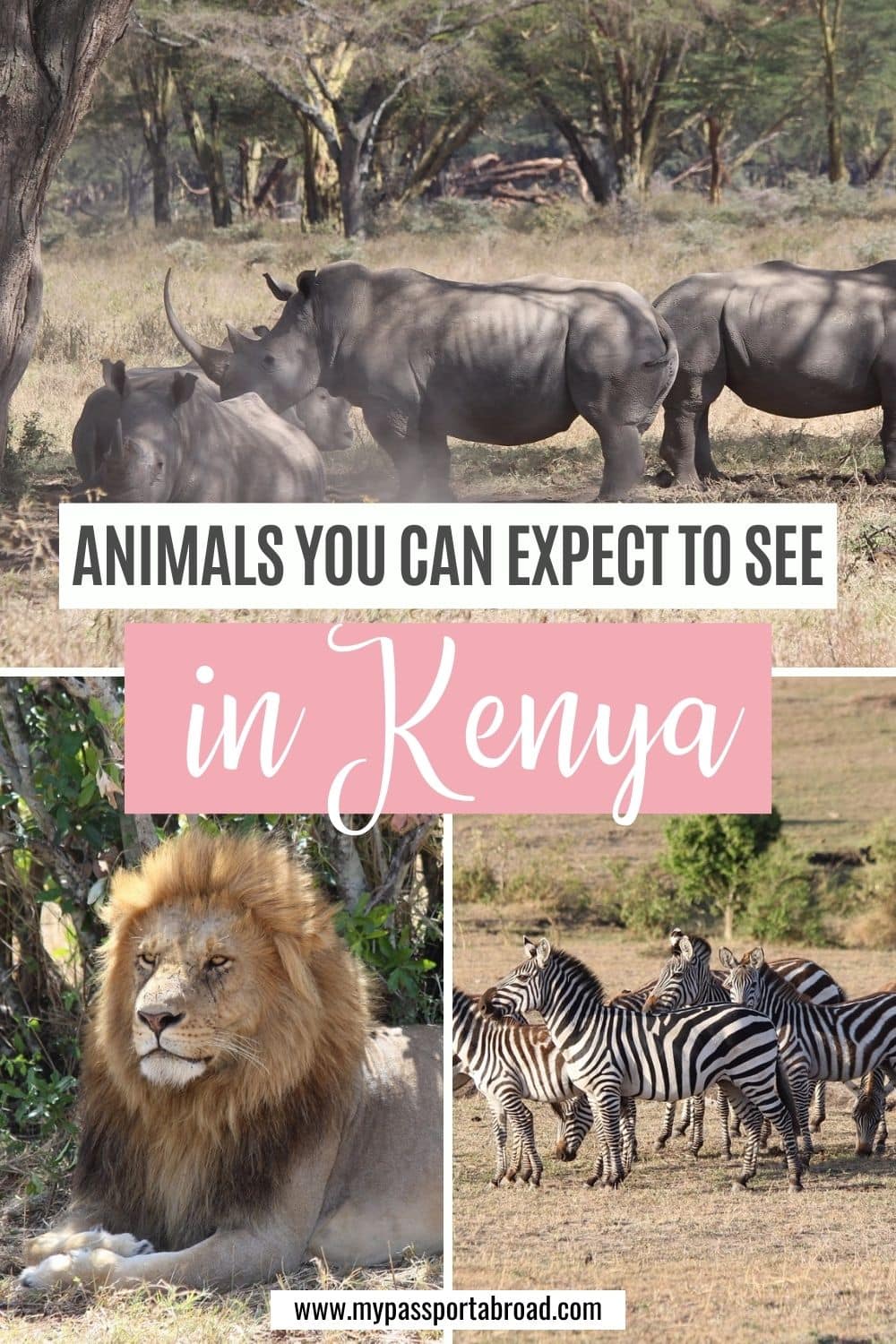 [/col-md-6][/row-b]
[/col-md-6][/row-b]

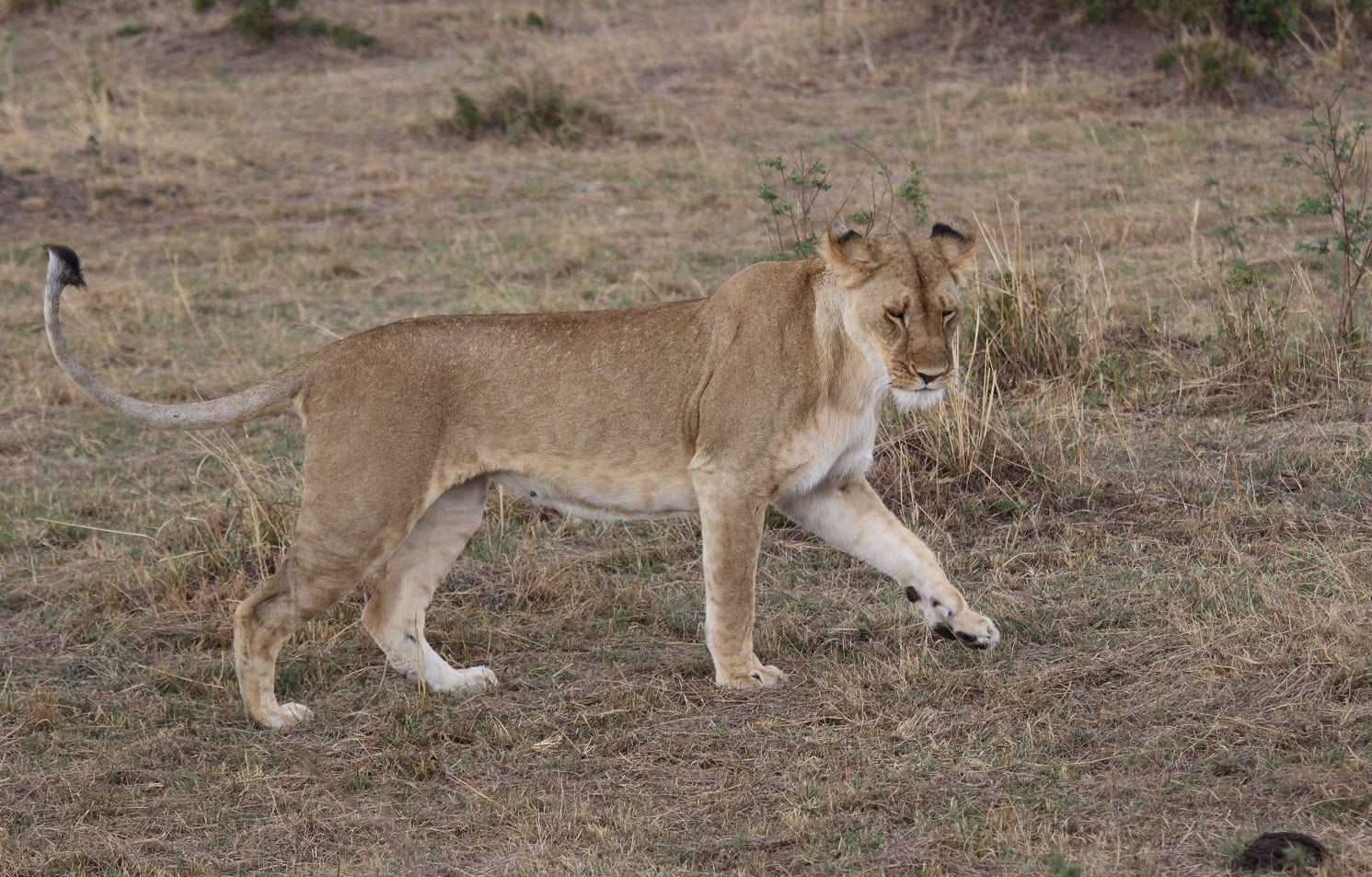

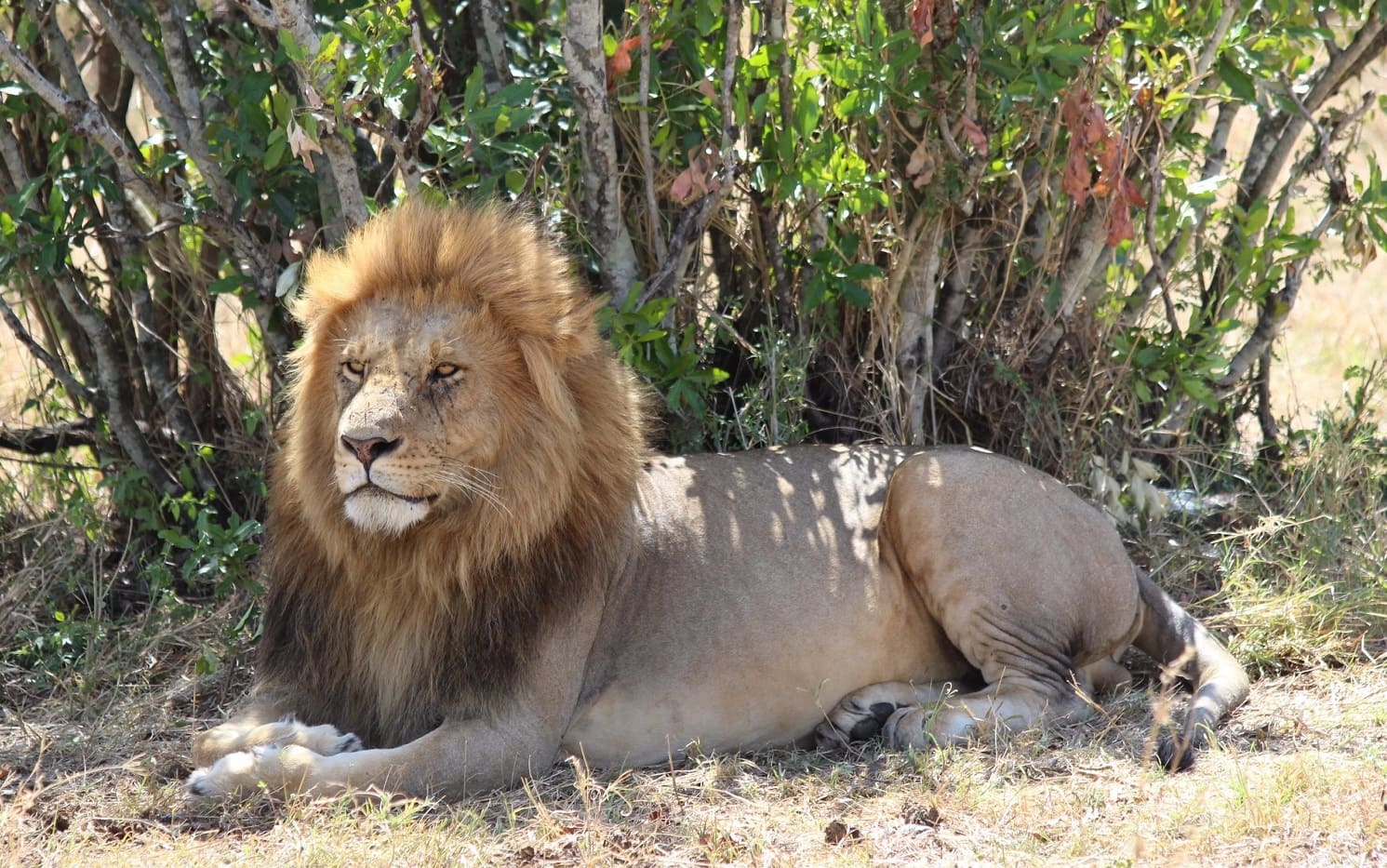
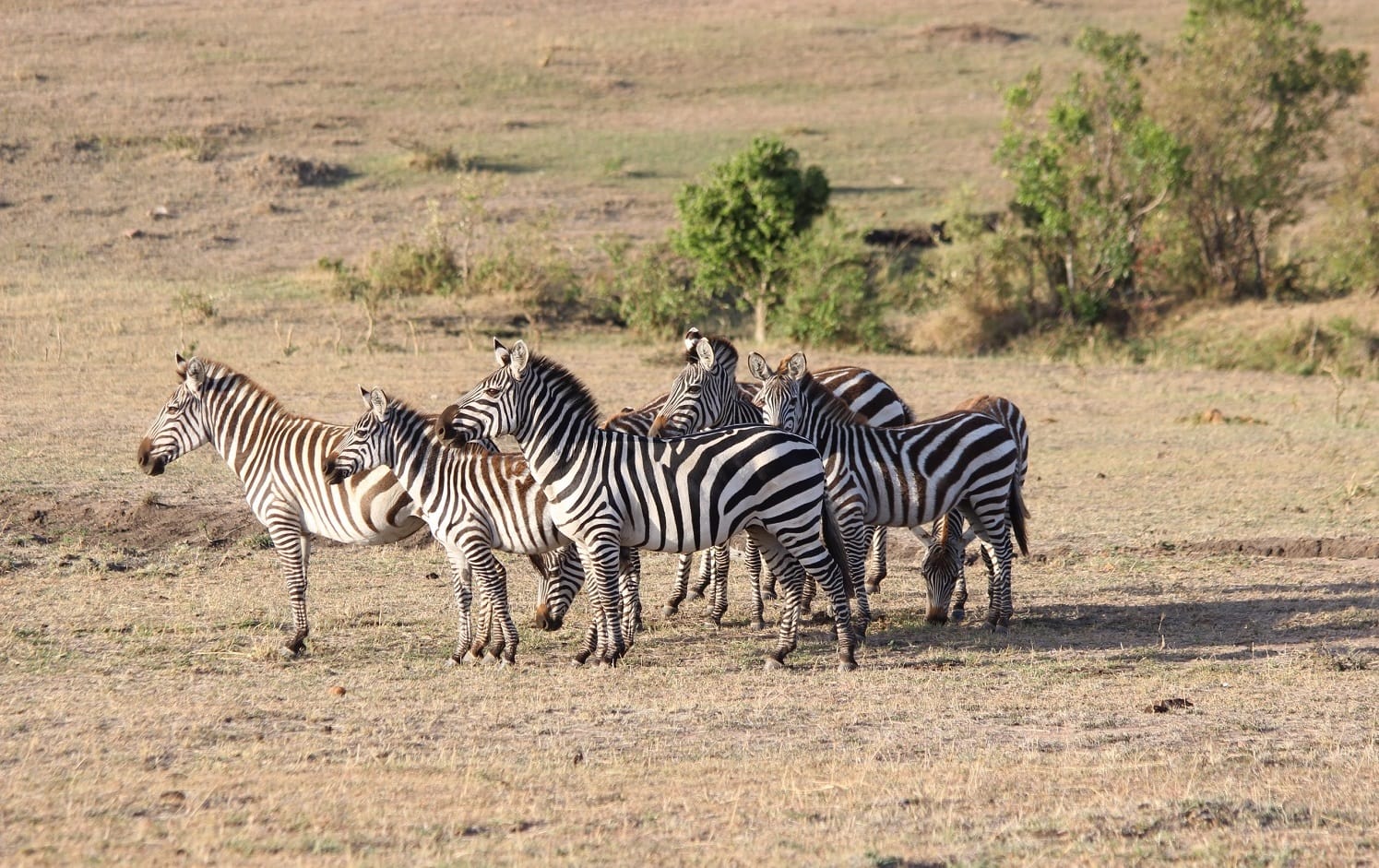
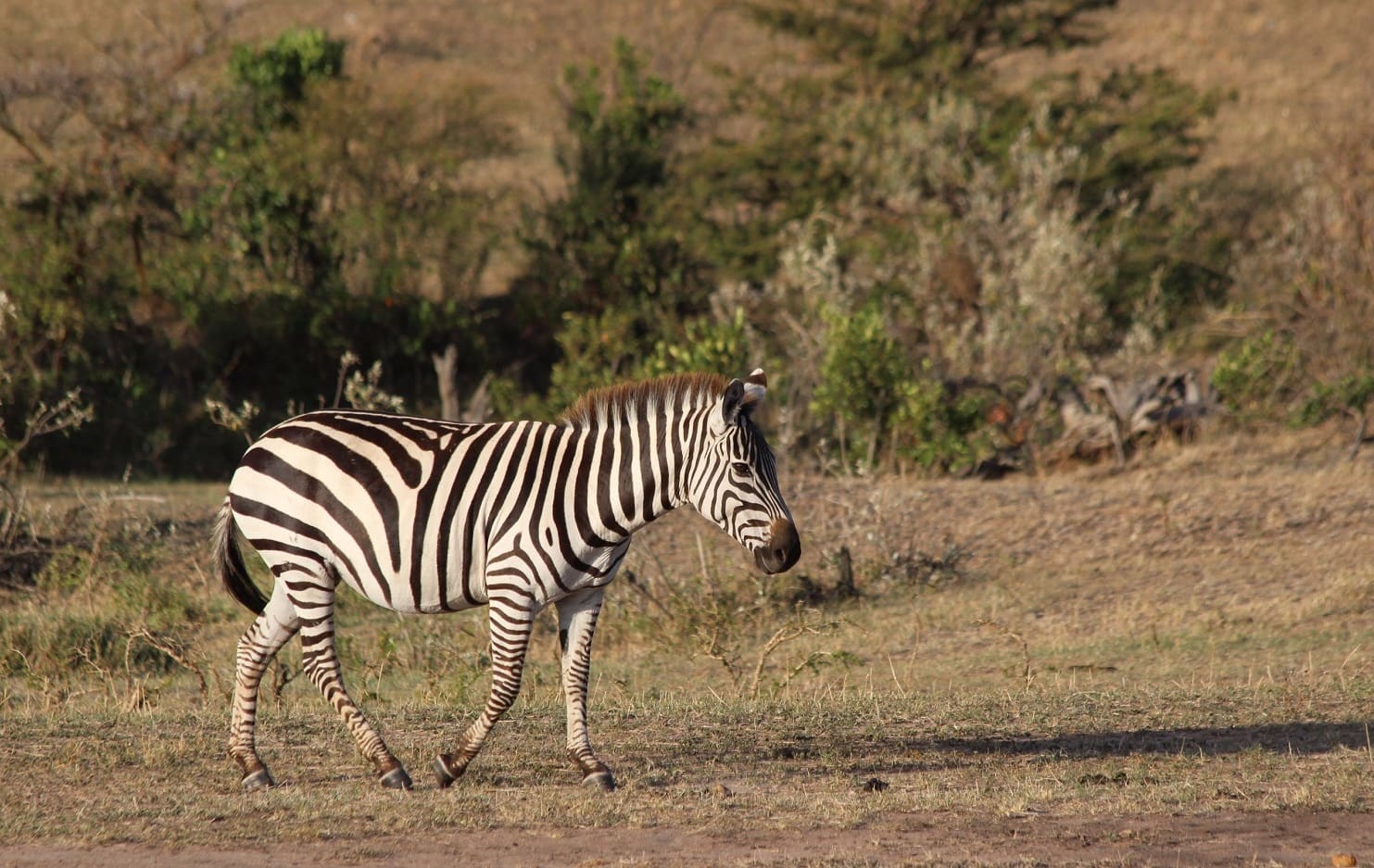
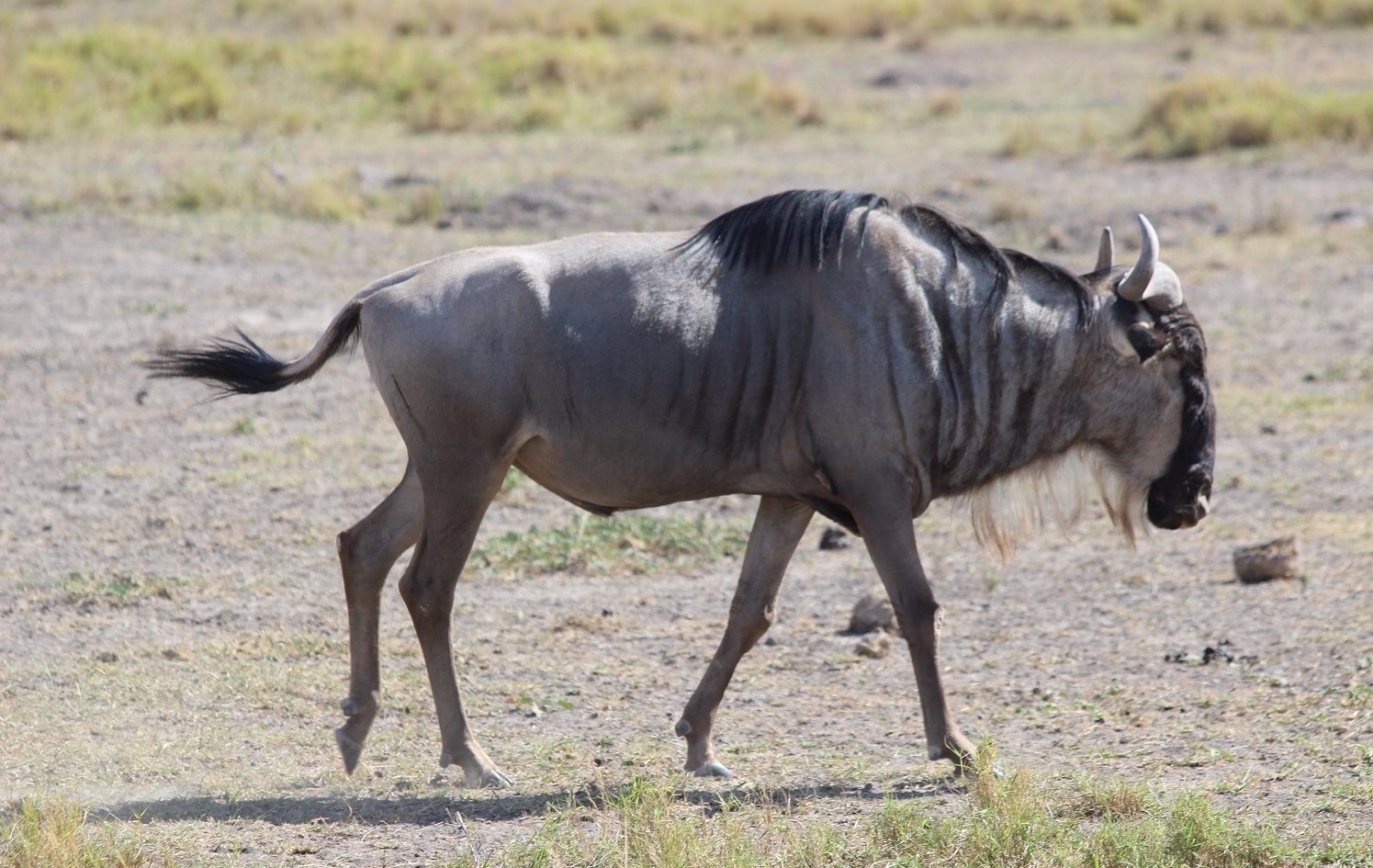
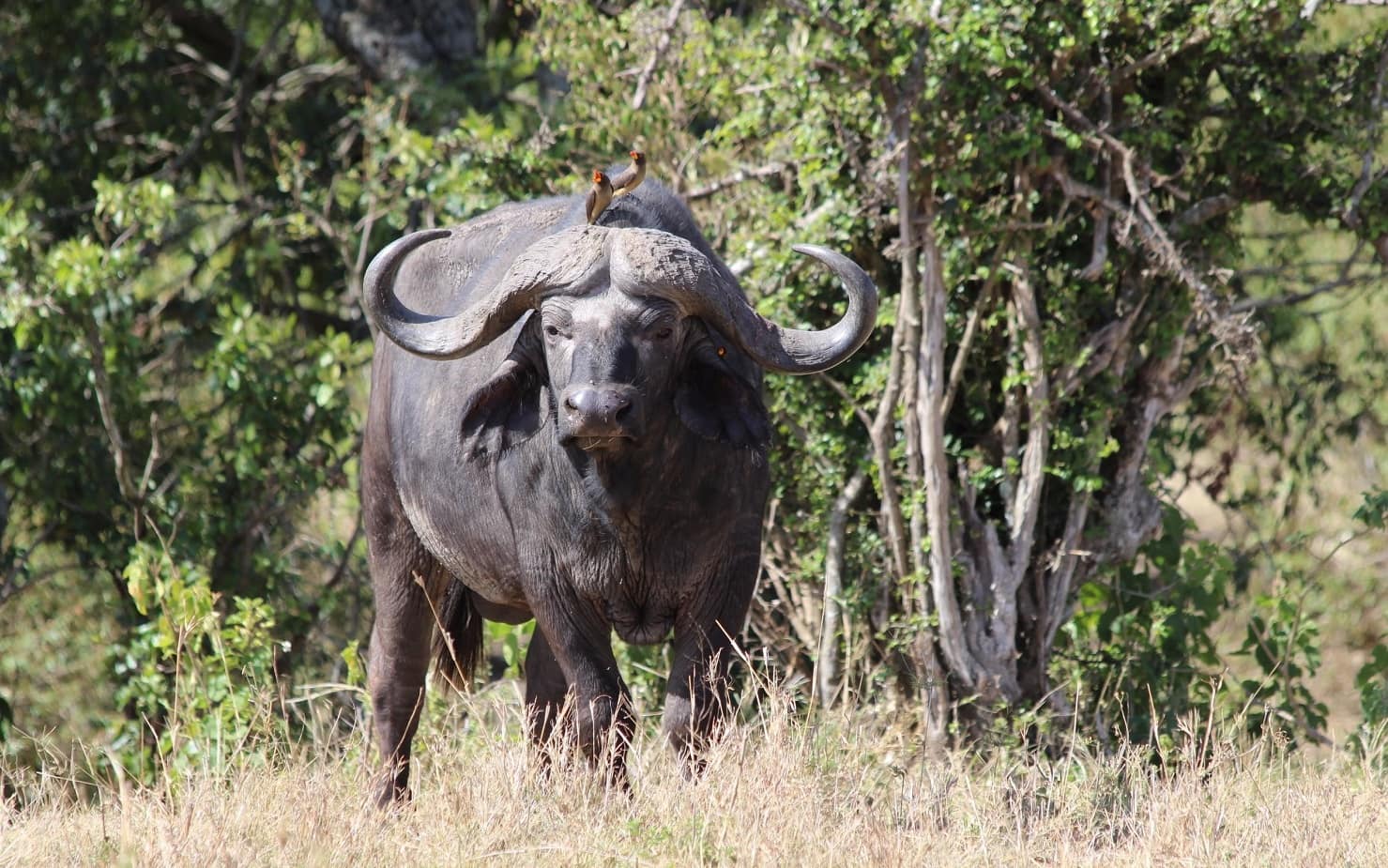
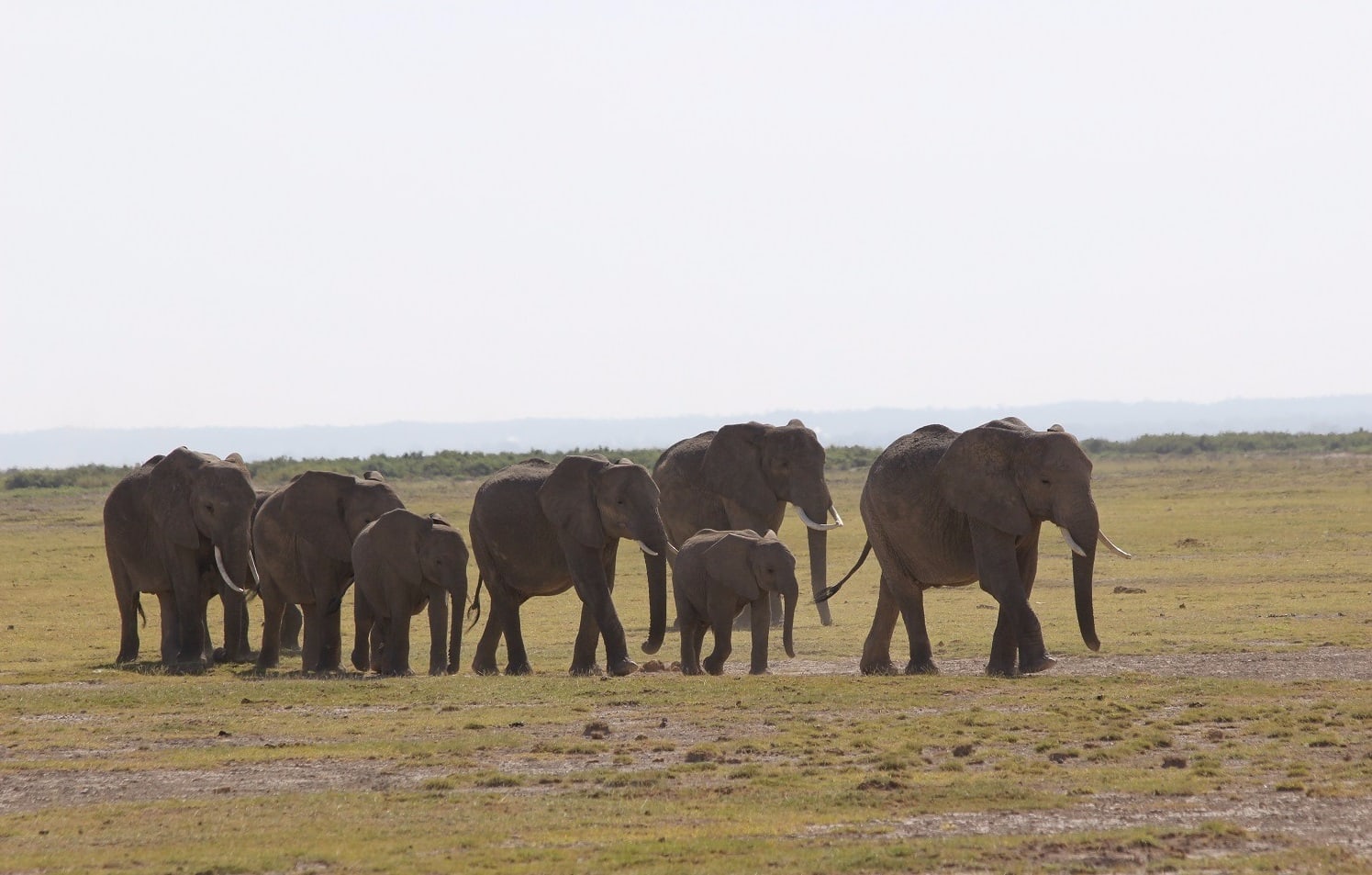
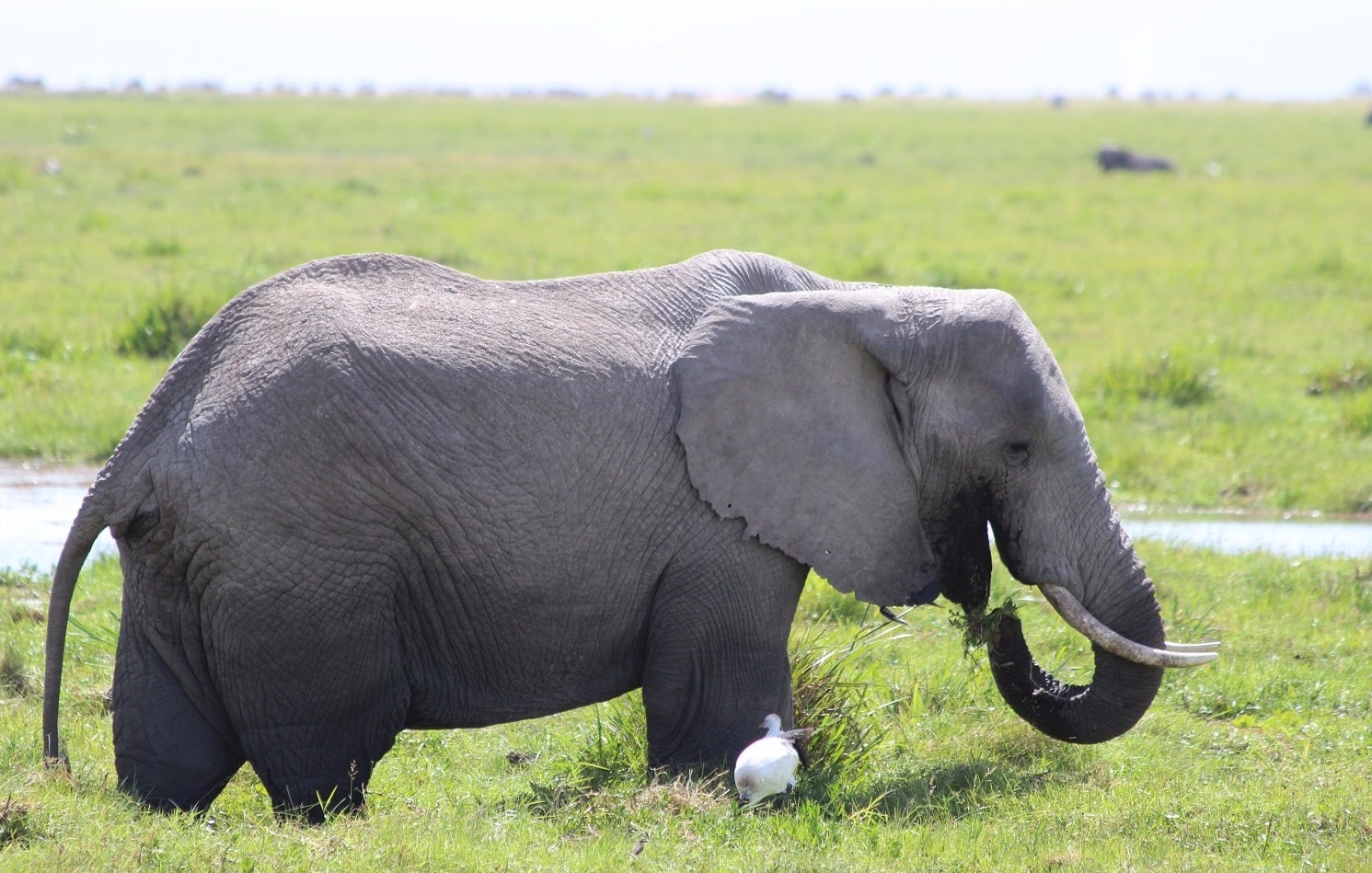
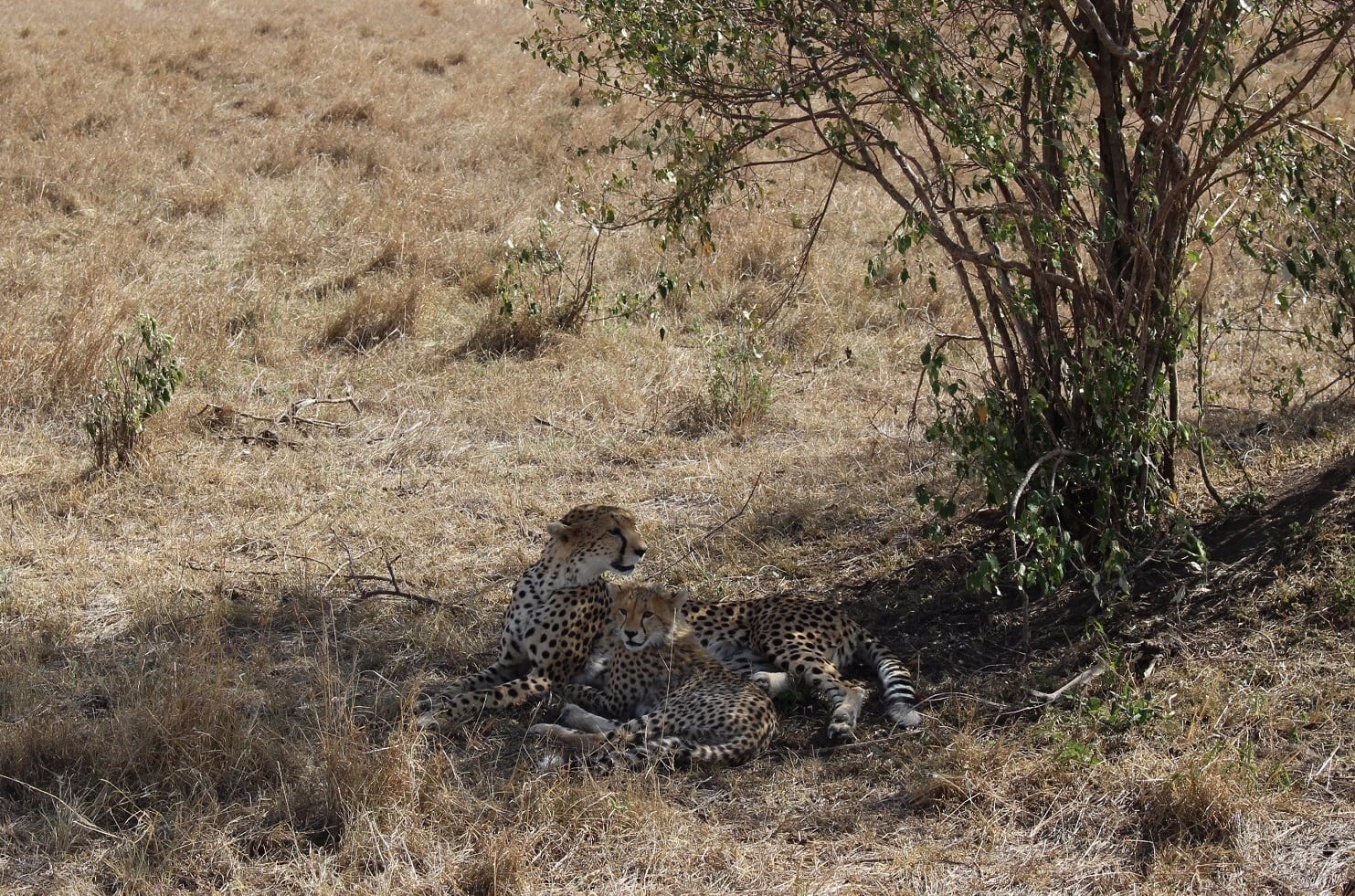

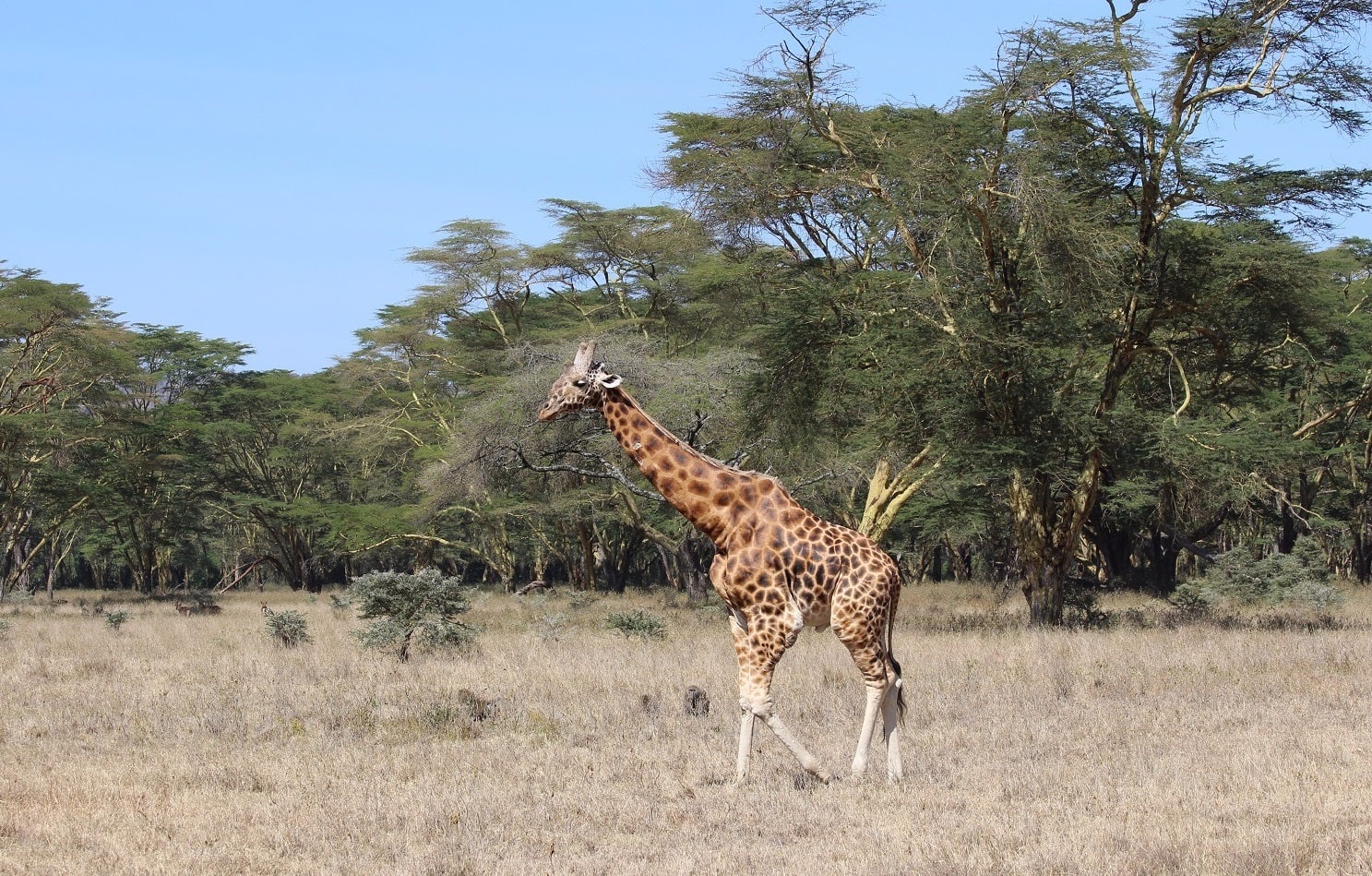
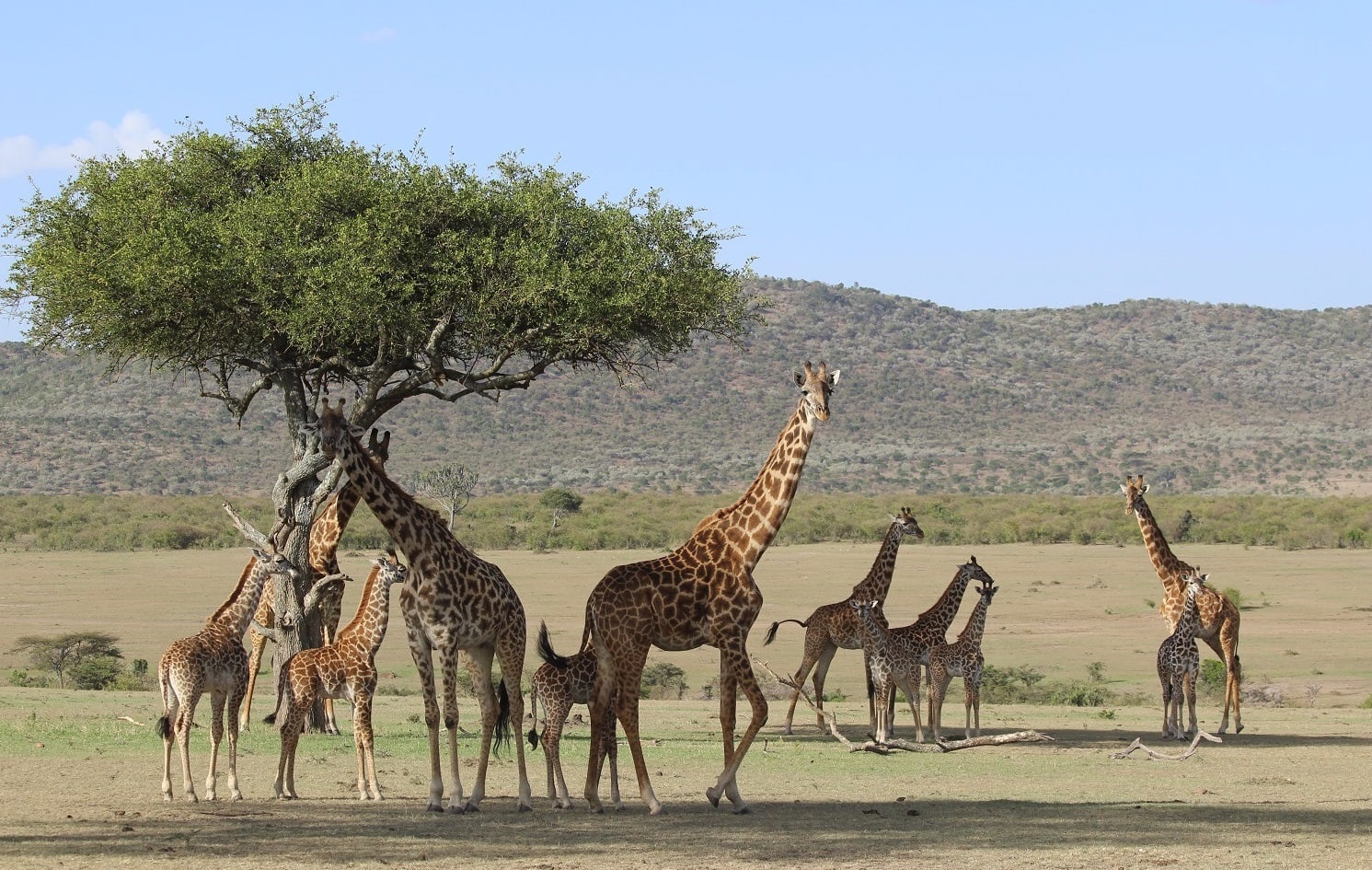
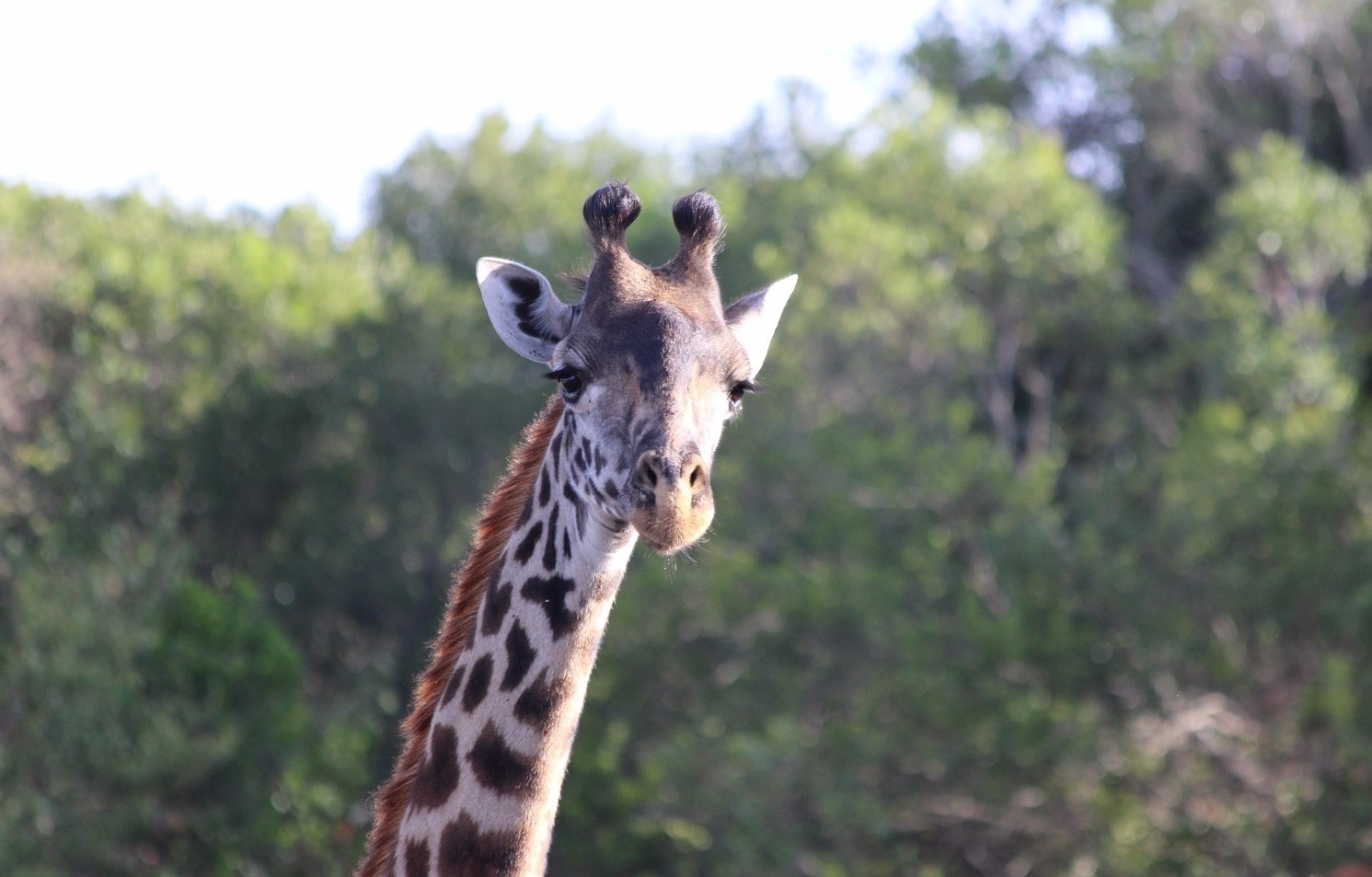
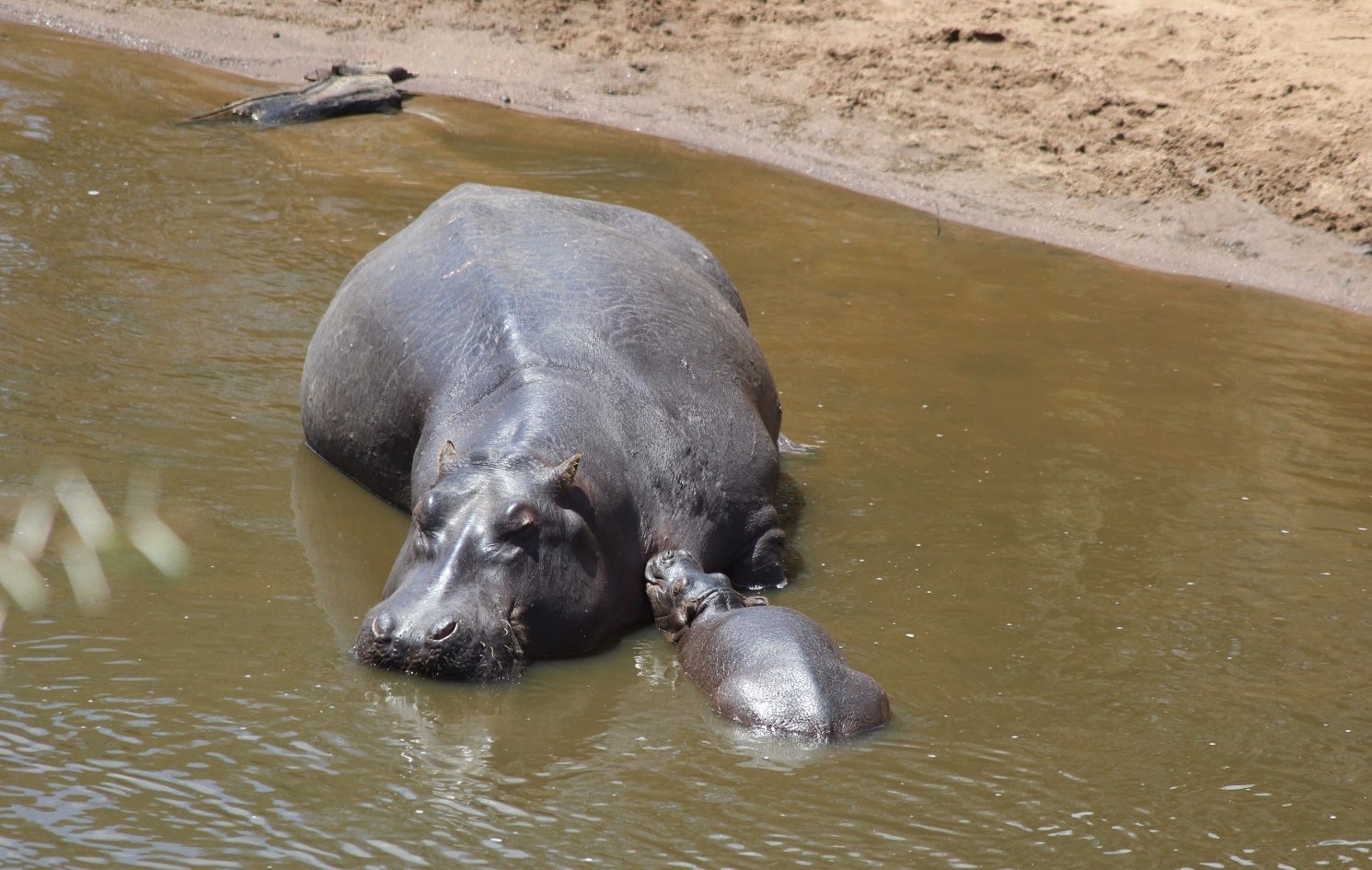
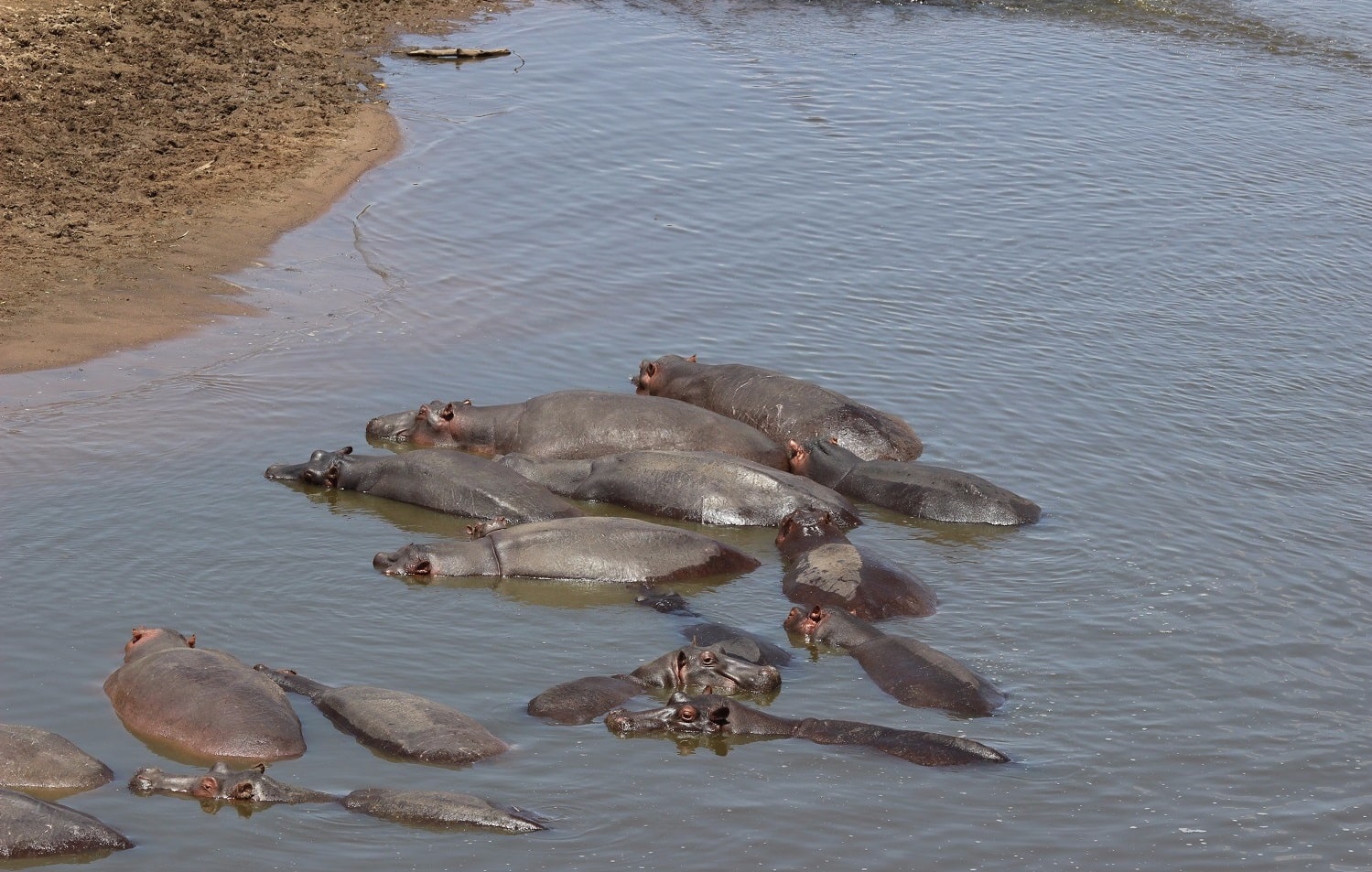
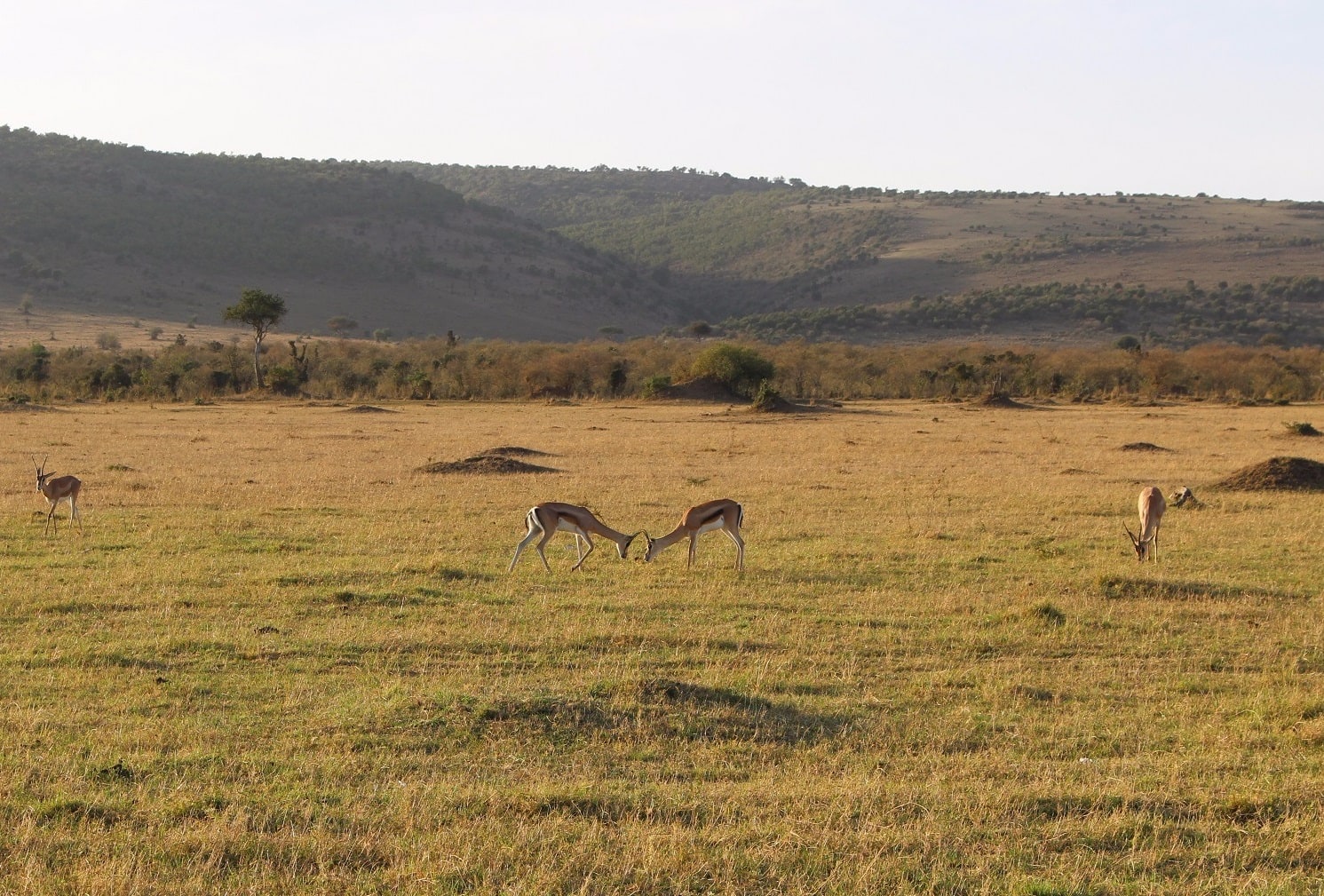
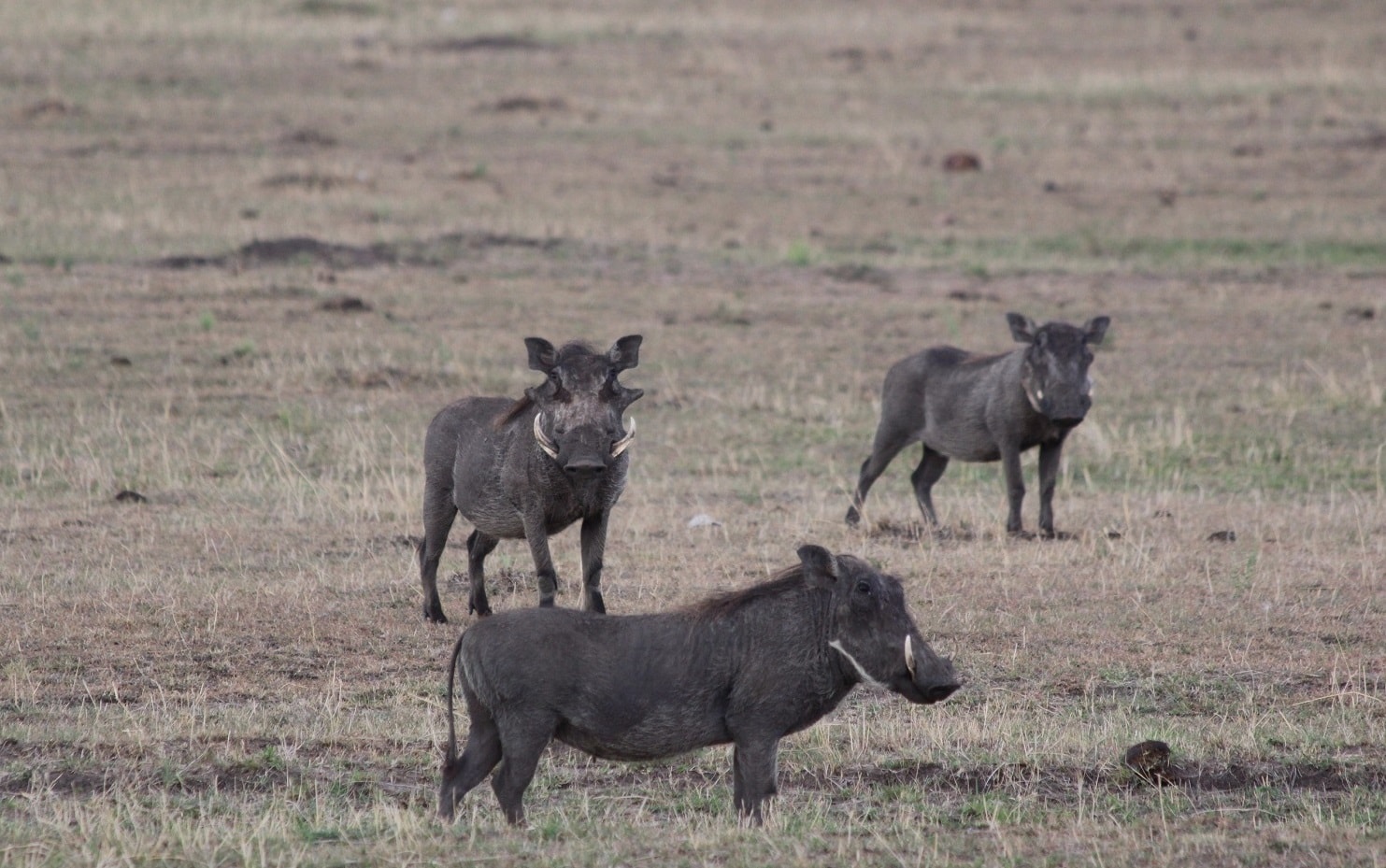
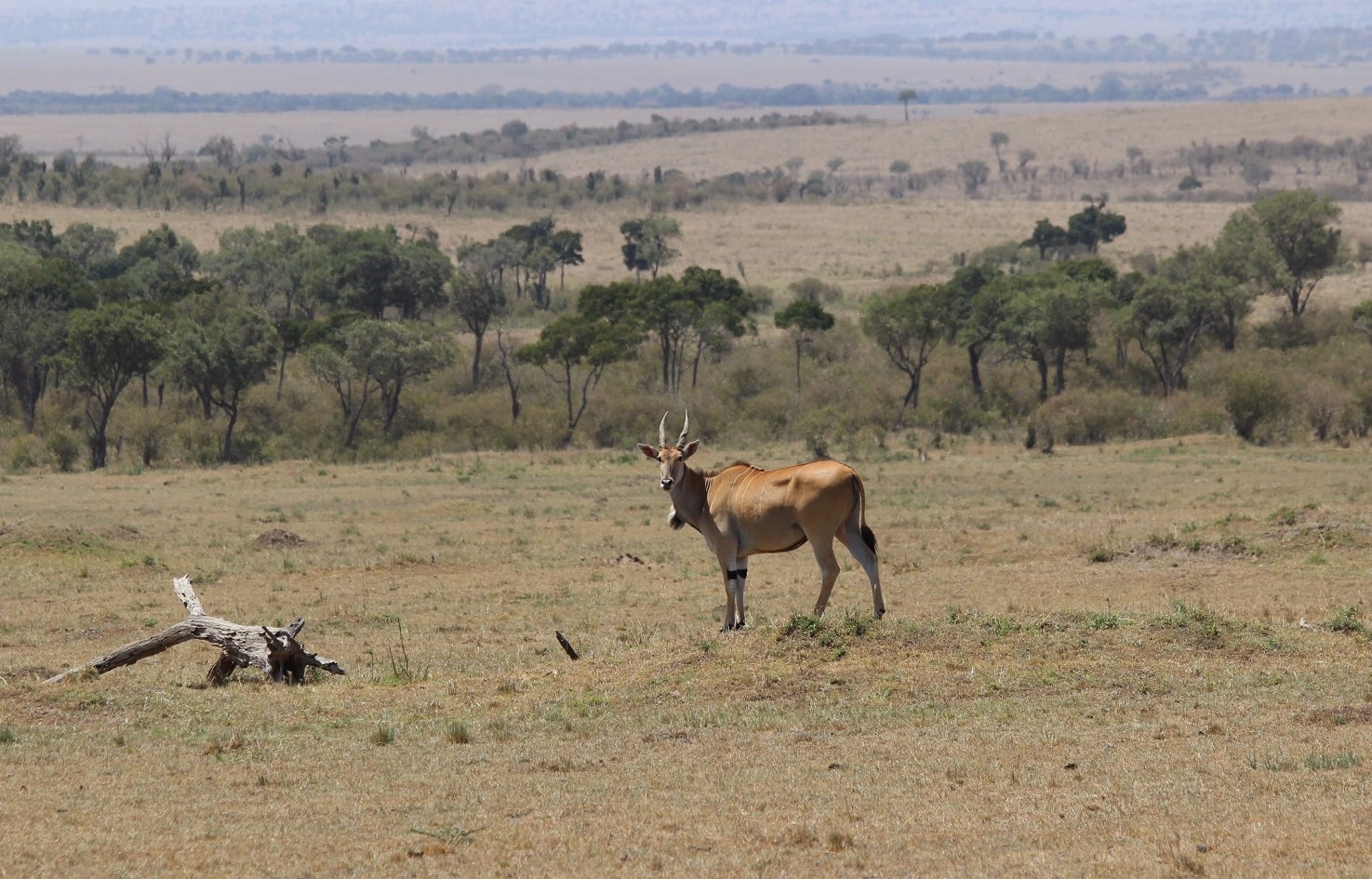
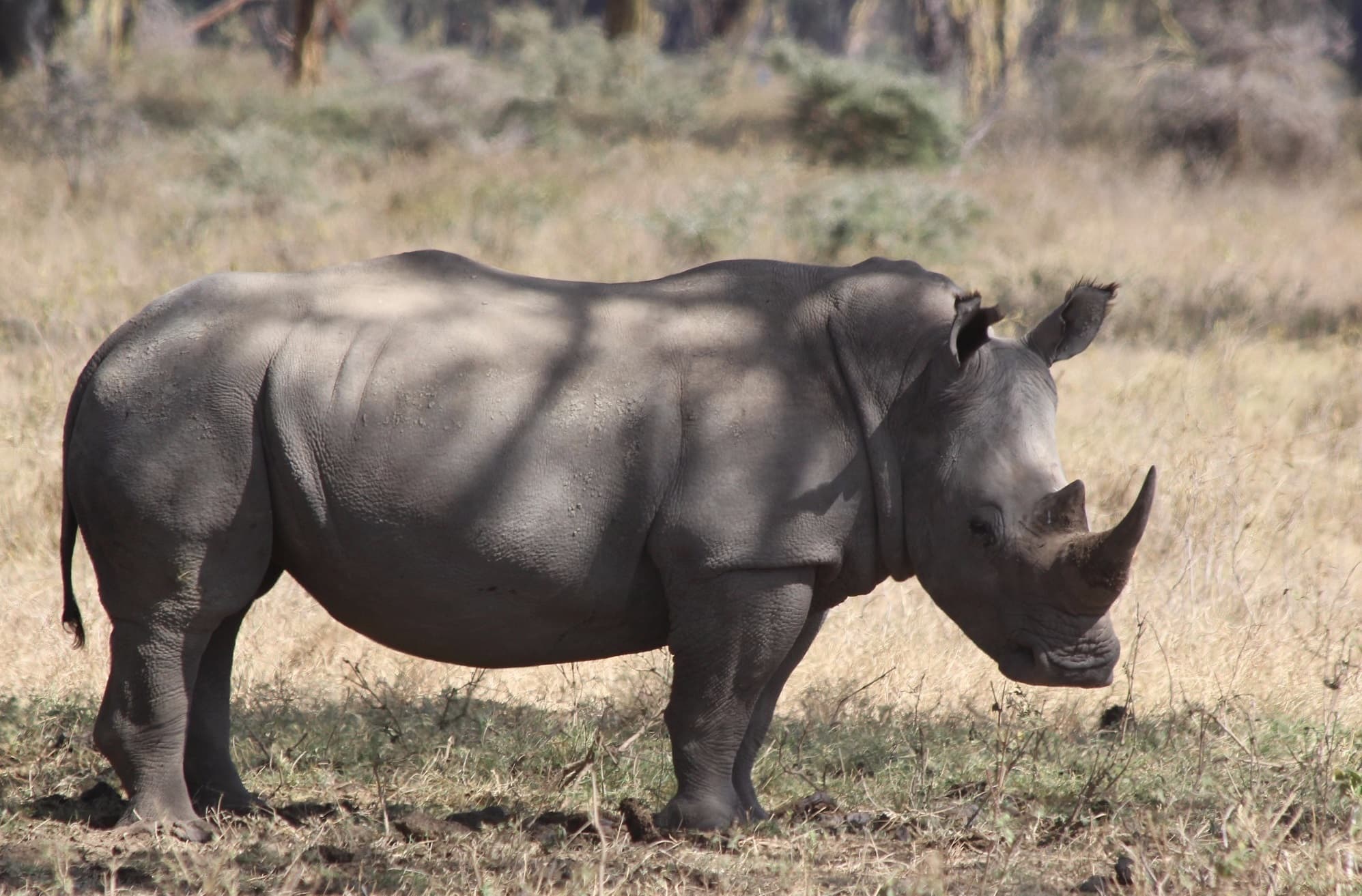
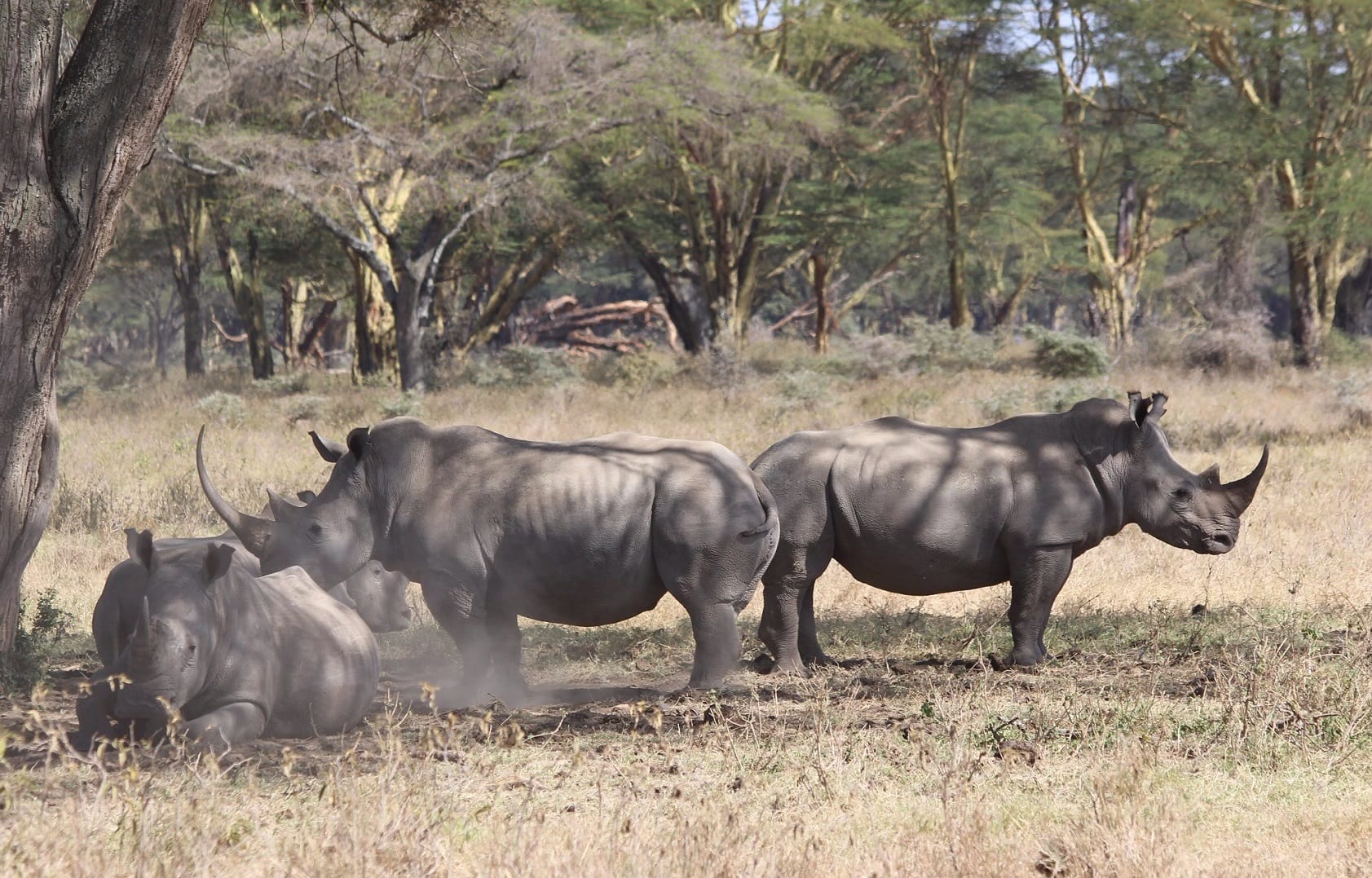
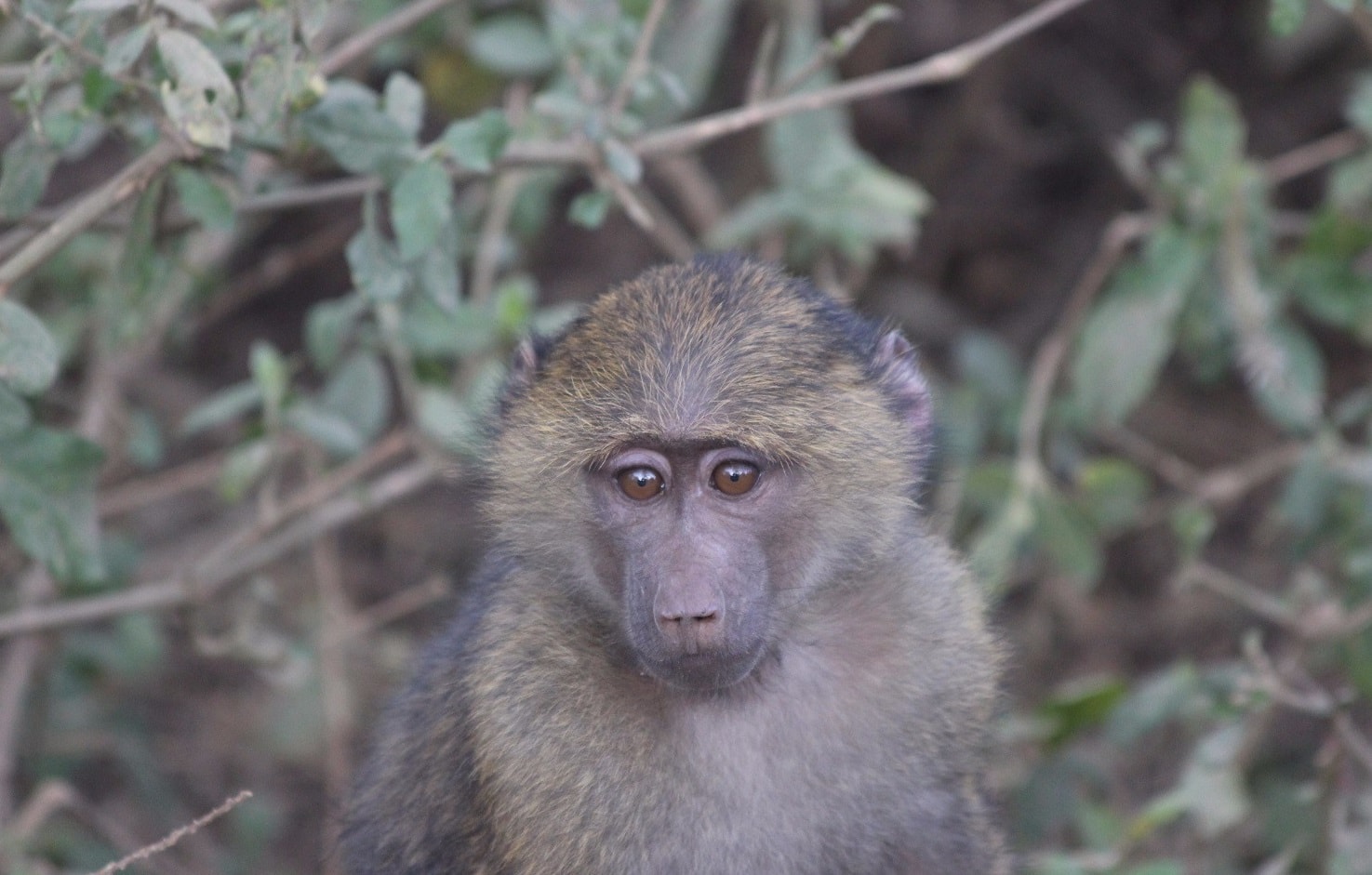
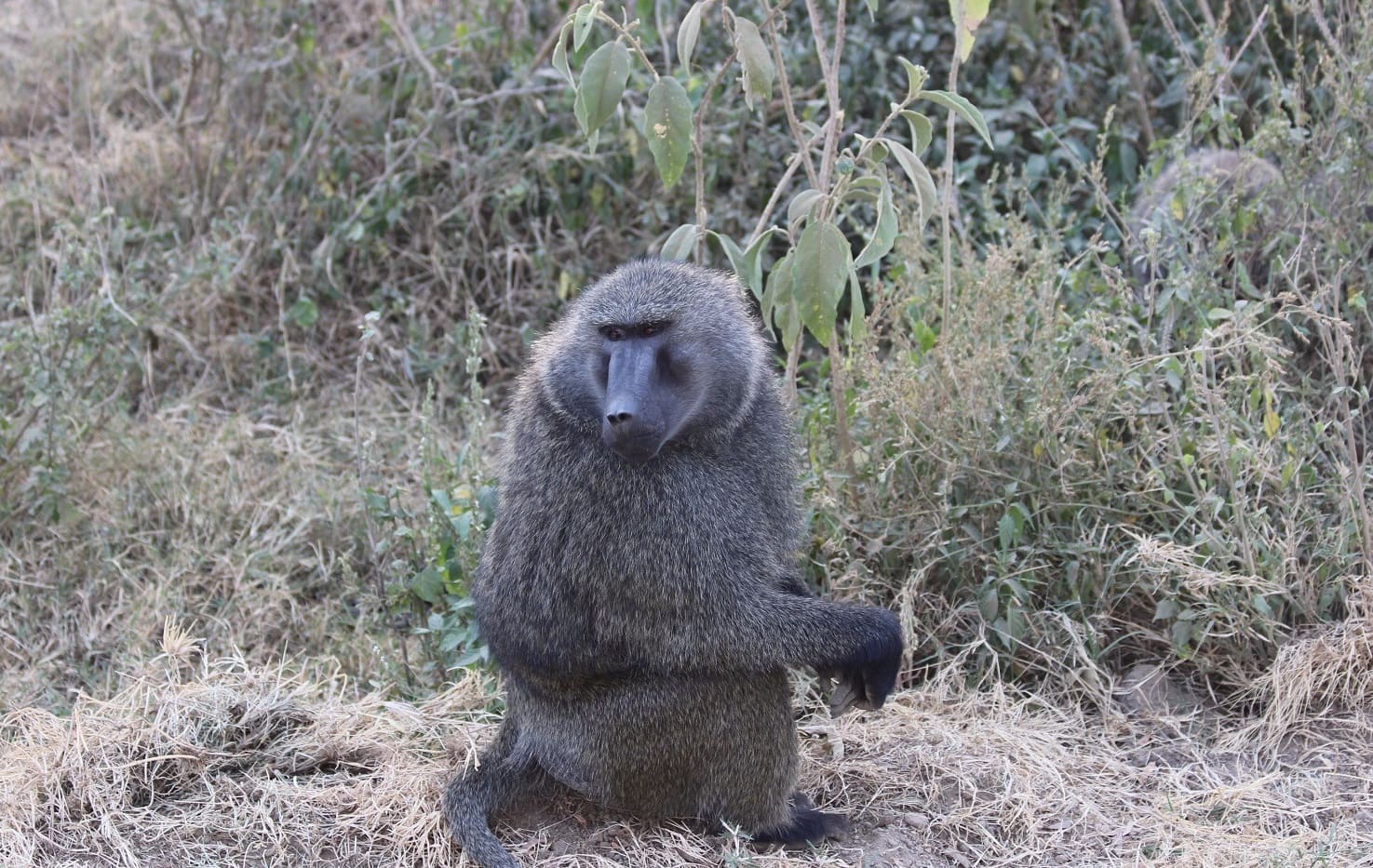
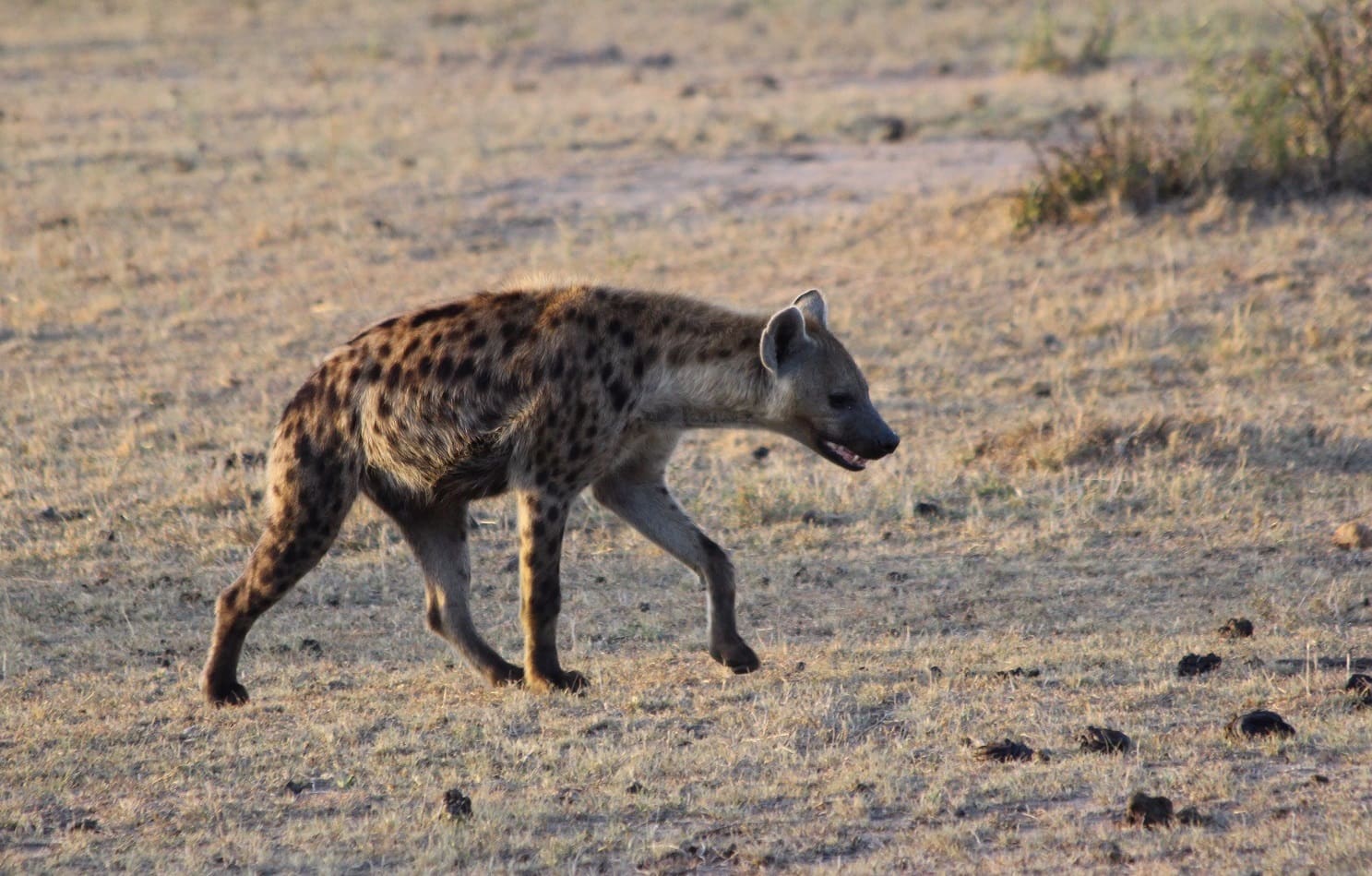


I’ve never been on a safari. It must be amazing to see the animals in their natural habitat. I would love to see the giraffes.